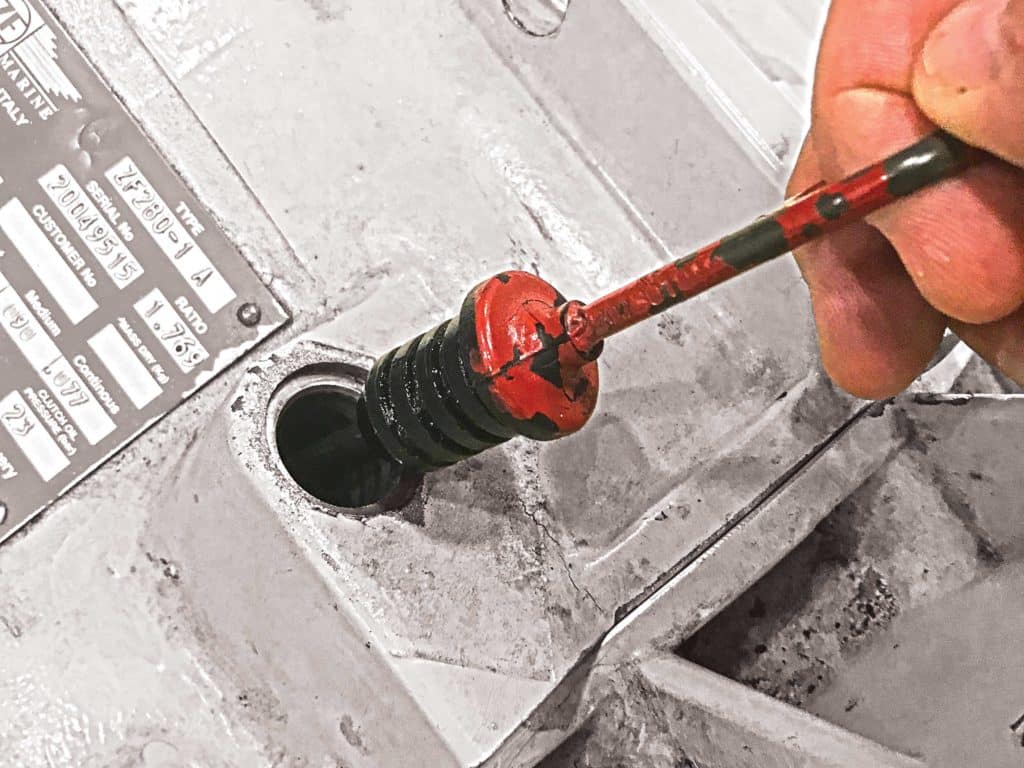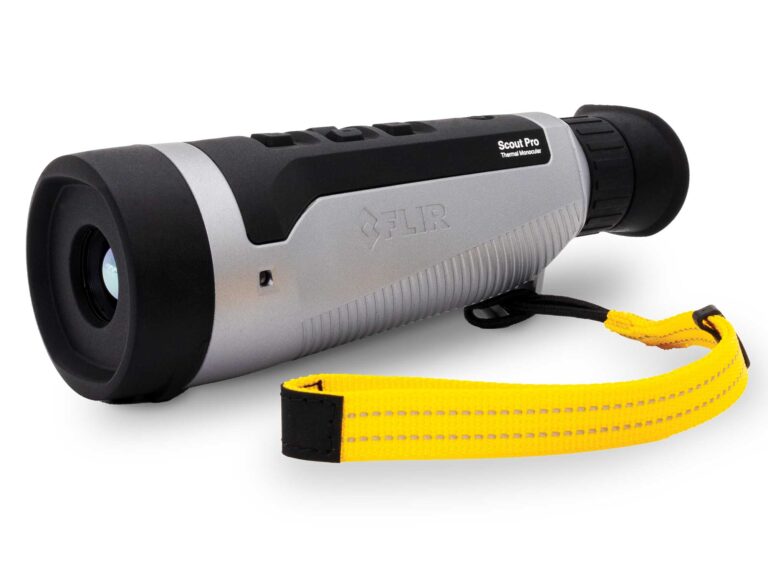
If the transmission for your inboard motor fails, it will leave you just as stranded as an engine breakdown. Don’t neglect the transmission. I compiled these tips, with assistance and photos from ZF Marine, to help you better care for your marine transmission.
Eyeball
Look for signs of leaks running down the case. Are any seals sweating? If so, have a pro look at it or affect repairs. Also check to see if there is any sign of water dripping or leaking onto the transmission housing itself, which could cause corrosion.
Drain
Deploy a catch pan and absorbent cloths, remove the plug, and remove the dipstick to provide a vent. If your transmission does not have a drain plug, use a pump to drain the fluid via the dipstick tube. If your transmission requires automatic transmission fluid, it should appear as a translucent, reddish-pink color. If it requires standard oil, it should be a maple-syrup color with no milkiness (water) or particulate grit. Oil should not smell or look burnt. If you find any of these things, call a pro. Change fluid annually, at winter layup. Always use the manufacturer’s recommended oil type and weight.

Filter
If your transmission has a screen-type filter, remove, clean and inspect it. Look for material in the screen. If found, consult an expert. If your transmission has a cartridge filter, this should also be changed with each oil change. If you have the option, choose original equipment replacement filters.
Fill
Top off the fluid a little at a time, and use the drained fluid as a guide for how much to add. If the transmission has a cooler, you’ll likely need to check the level with the fluid warm. Basically, you run the engine for five minutes at idle, shift a couple of times, shut down, then pull the dipstick and check the fluid level. Don’t wait long after shutting down, lest fluid in the cooler drains back into the transmission, which then causes an erroneous “overfull” reading. When checking the oil level while cold, it may be above the mark—this is called a cold check, and it is correct. The mark on the stick indicates the proper oil level with the transmission running.
Zinc
Your transmission’s oil cooler will be fitted with a sacrificial anode, aka a zinc. Replace it annually.
Oil Cooler
A transmission oil cooler, if fitted, should be flushed and tested. Check for loose or leaking lines and fittings. It can be corroded or blocked by scale and often requires replacement.
Neutral Safety Switch
Test this with a multimeter for continuity to make sure the safety device is operating correctly and to prevent your engine from starting in gear.
Shift Linkage
Inspect mechanical push/pull cables from end to end. Make sure each cable isn’t wearing through the sheath at bends, which could result in binding. With a friend, make sure the shift lever’s position at the helm matches exactly with the shift lever on the transmission. Adjust the linkage in small increments, noting where you started with a Sharpie. Push/pull cables are relatively inexpensive. If there’s doubt about their condition, replace them. If you have electronic controls, inspect the connectors for corrosion, and the waterproof boots for condition. Also check the controls’ processor for any error codes.









